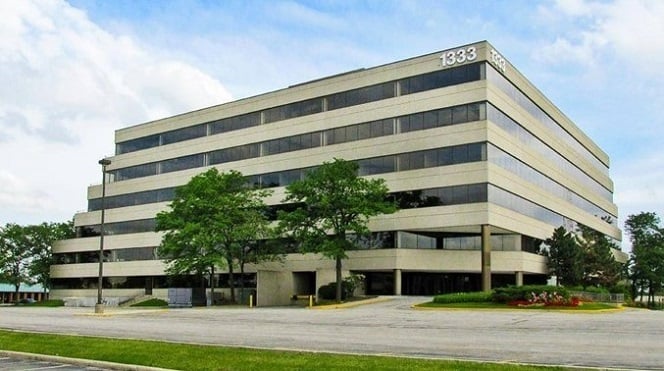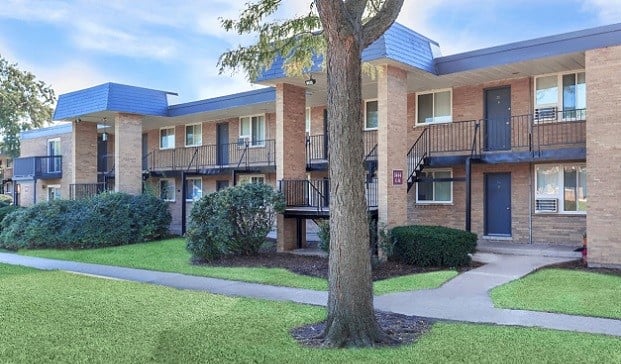MIAMI—There are any number of mistakes commercial real estate landlords can make. Some, of course, are more costly than others. GlobeSt.com caught up with Melissa A. Hazlewood, LEED Green associate vice president of management services at Franklin Street, to get her thoughts on this topic in our exclusive interview.
GlobeSt.com: What are property operating expense recoveries and why can mishandling them be such a costly mistake?
Hazlewood: Operating expense recoveries are different for each industry sector—office, industrial, retail and residential. So it is imperative that property managers understand each sector and how a proper recovery application is administered.
Recommended For You
Want to continue reading?
Become a Free ALM Digital Reader.
Once you are an ALM Digital Member, you’ll receive:
- Breaking commercial real estate news and analysis, on-site and via our newsletters and custom alerts
- Educational webcasts, white papers, and ebooks from industry thought leaders
- Critical coverage of the property casualty insurance and financial advisory markets on our other ALM sites, PropertyCasualty360 and ThinkAdvisor
Already have an account? Sign In Now
*May exclude premium content© 2025 ALM Global, LLC, All Rights Reserved. Request academic re-use from www.copyright.com. All other uses, submit a request to [email protected]. For more information visit Asset & Logo Licensing.









